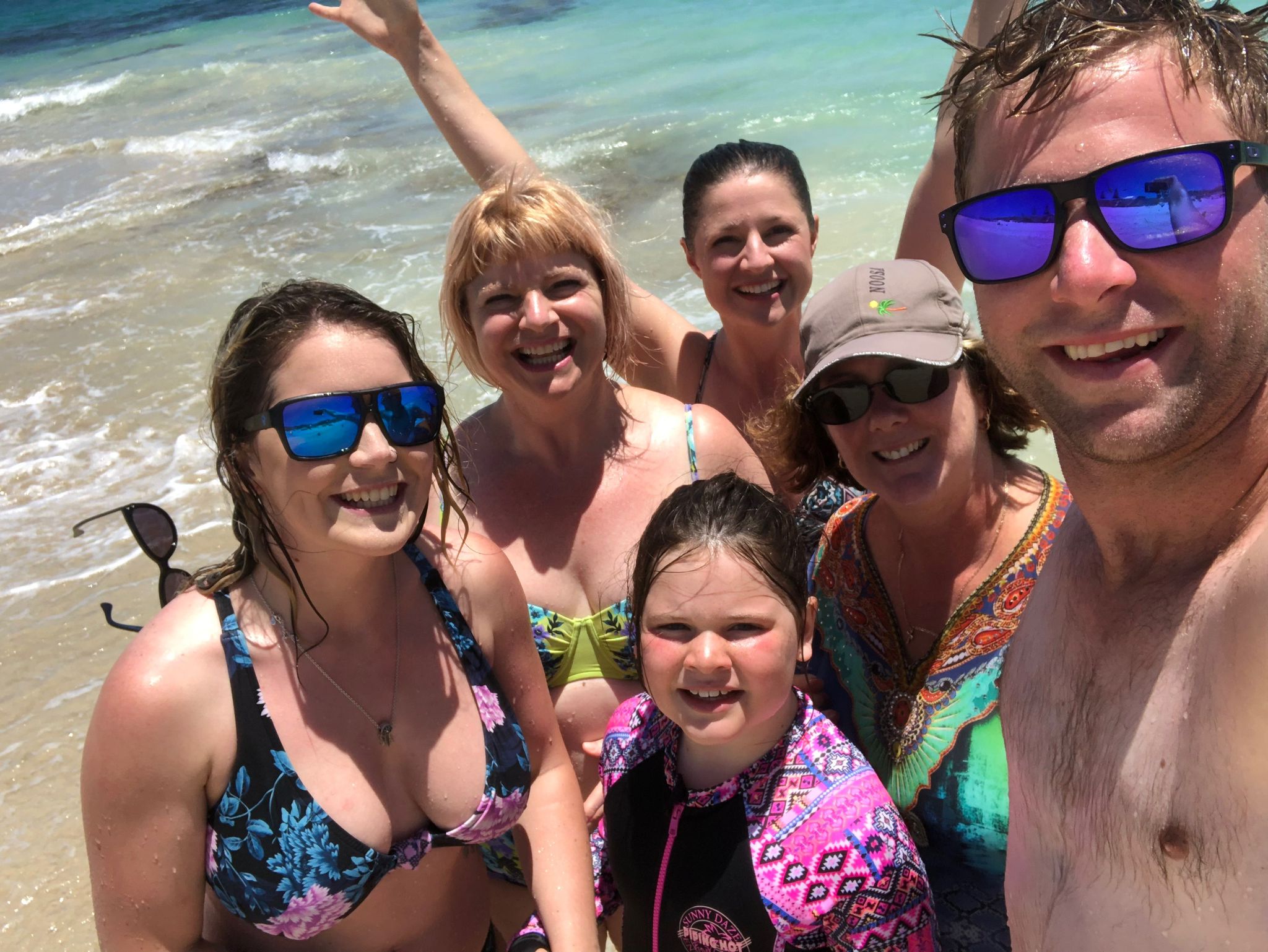- Chris Comans
- 5 Comments
Australia has one of the highest rates of skin cancer in the world, with approximately two in three Australians being diagnosed with some form of skin cancer by the age of 70. This statistic is alarming and begs the question: why is skin cancer so prevalent in Australia?
The Impact of Australia’s Geographical Location
Proximity to the Equator and Intense UV Rays
One of the main reasons for the high rates of skin cancer in Australia is the country’s geographical location. Australia is located close to the equator, which means that the sun’s rays are much stronger and more harmful than in other parts of the world.
The Thinning Ozone Layer
The ozone layer above Australia is also much thinner than in other regions, allowing more harmful UV radiation to reach the earth’s surface. This combination of factors makes Australians more susceptible to developing skin cancer than people living in other countries.
Australia’s Outdoor Lifestyle and Sun Exposure
Popular Outdoor Activities and UV Exposure
Another contributing factor to the high rates of skin cancer in Australia is the country’s outdoor lifestyle. Australians are known for their love of the outdoors, with activities such as surfing, swimming, and hiking being popular pastimes. While surfing, swimming, and hiking being popular pastimes. While this outdoor lifestyle is great for physical and mental health, it also means that Australians are exposed to high levels of UV radiation from the sun.
Inadequate Sun Protection Practices
Many Australians do not consistently use proper sun protection such as sunscreen, hats, or long-sleeved clothing when outdoors, further increasing their risk of developing skin cancer.
Cultural Attitudes Towards Tanning
Tanned Skin as a Sign of Health and Beauty
In addition to the country’s geographical location and outdoor lifestyle, there is also a cultural factor that contributes to the high rates of skin cancer in Australia. Australians have a strong cultural association with tanned skin, which is often seen as a sign of health and beauty. Many Australians believe that having a tan makes them look more attractive and healthy, leading them to spend long hours in the sun without adequate sun protection. This cultural attitude towards tanning puts Australians at a higher risk of developing skin cancer.
Genetic and Demographic Factors
High Population of Fair-Skinned Individuals
Furthermore, Australia has a high population of fair-skinned individuals who are more susceptible to developing skin cancer. People with fair skin have less melanin, the pigment that gives skin its color and provides some protection against UV radiation. As a result, fair-skinned individuals are more likely to burn in the sun and develop skin cancer. In Australia, where a large portion of the population has fair skin, the risk of developing skin cancer is significantly higher.
Prevention and Early Detection
Practicing Sun Safety
Despite the high rates of skin cancer in Australia, there are steps that individuals can take to protect themselves from the harmful effects of UV radiation. One of the most important ways to prevent skin cancer is to practice sun safety measures, such as wearing sunscreen, protective clothing, and sunglasses when outdoors. It is also important to seek shade during peak sun hours.
Regular Skin Checks
Regular skin checks are also crucial for early detection of skin cancer. By examining your own skin regularly and booking with us for a professional skin check, you can catch any suspicious moles or spots early and seek treatment before the cancer spreads. Early detection is key to successful treatment of skin cancer, so it is important to be vigilant about monitoring your skin for any changes.
Conclusion
In conclusion, the high rates of skin cancer in Australia can be attributed to a combination of factors, including the country’s geographical location, outdoor lifestyle, cultural attitudes towards tanning, and high population of fair-skinned individuals. While the prevalence of skin cancer in Australia is concerning, there are steps that individuals can take to protect themselves from the harmful effects of UV radiation and reduce their risk of developing skin cancer. By practicing sun safety measures, seeking regular skin checks, and being vigilant about monitoring your skin for changes, you can lower your risk of developing skin cancer and enjoy the sun safely.


Understanding the Different Types of Skin Cancer: A Guide for Perth Residents - SkinChx
Best Practices for Self-Skin Checks Between Professional Screenings - SkinChx
Skin Cancer on the Back: Early Detection with Structured Dermoscopic Assessment - SkinChx
Back Skin Cancer: Early Detection via Dermoscopic Assessment
Why Skin Cancer is Australia Most Common Cancer - Protect Your Skin Today!